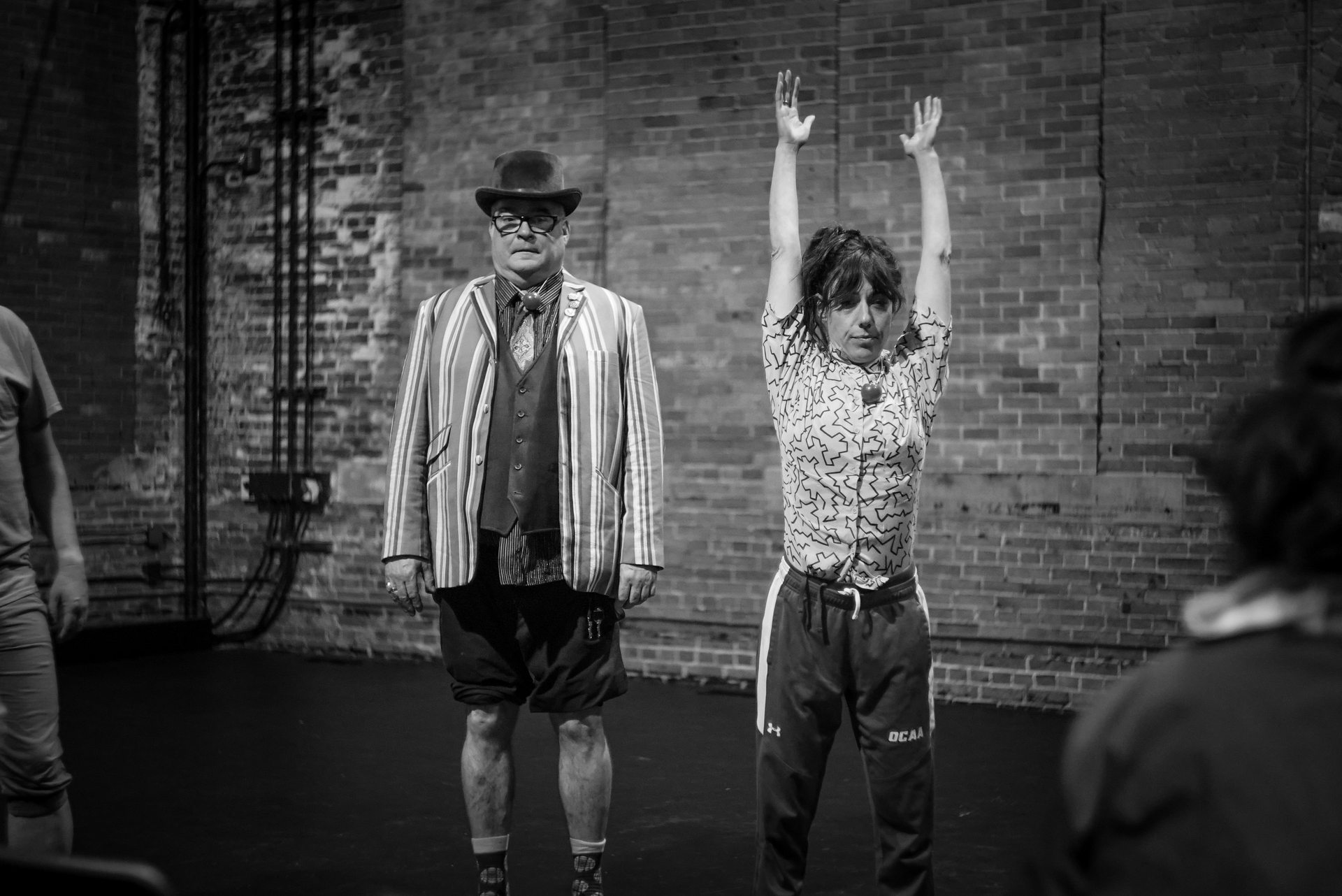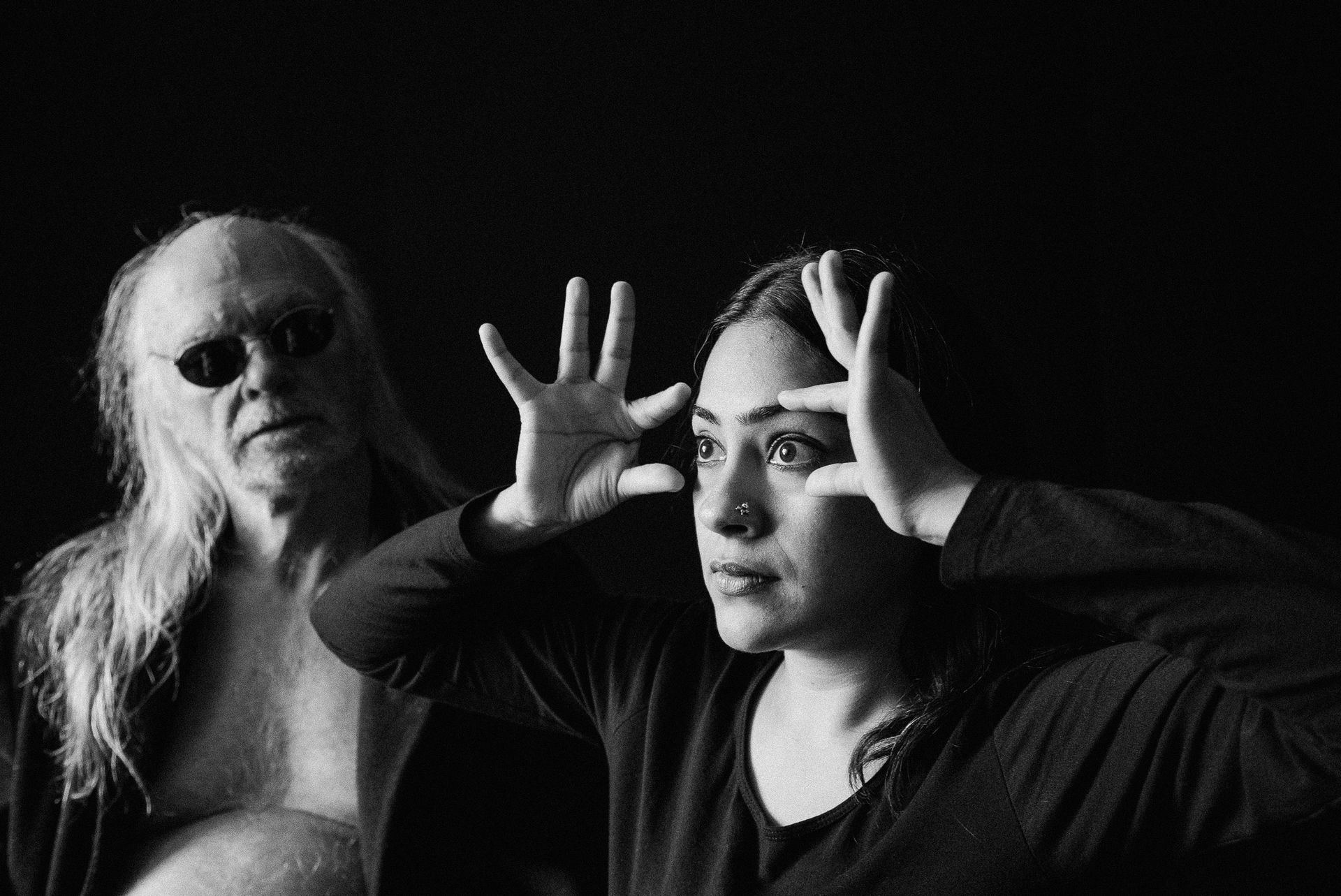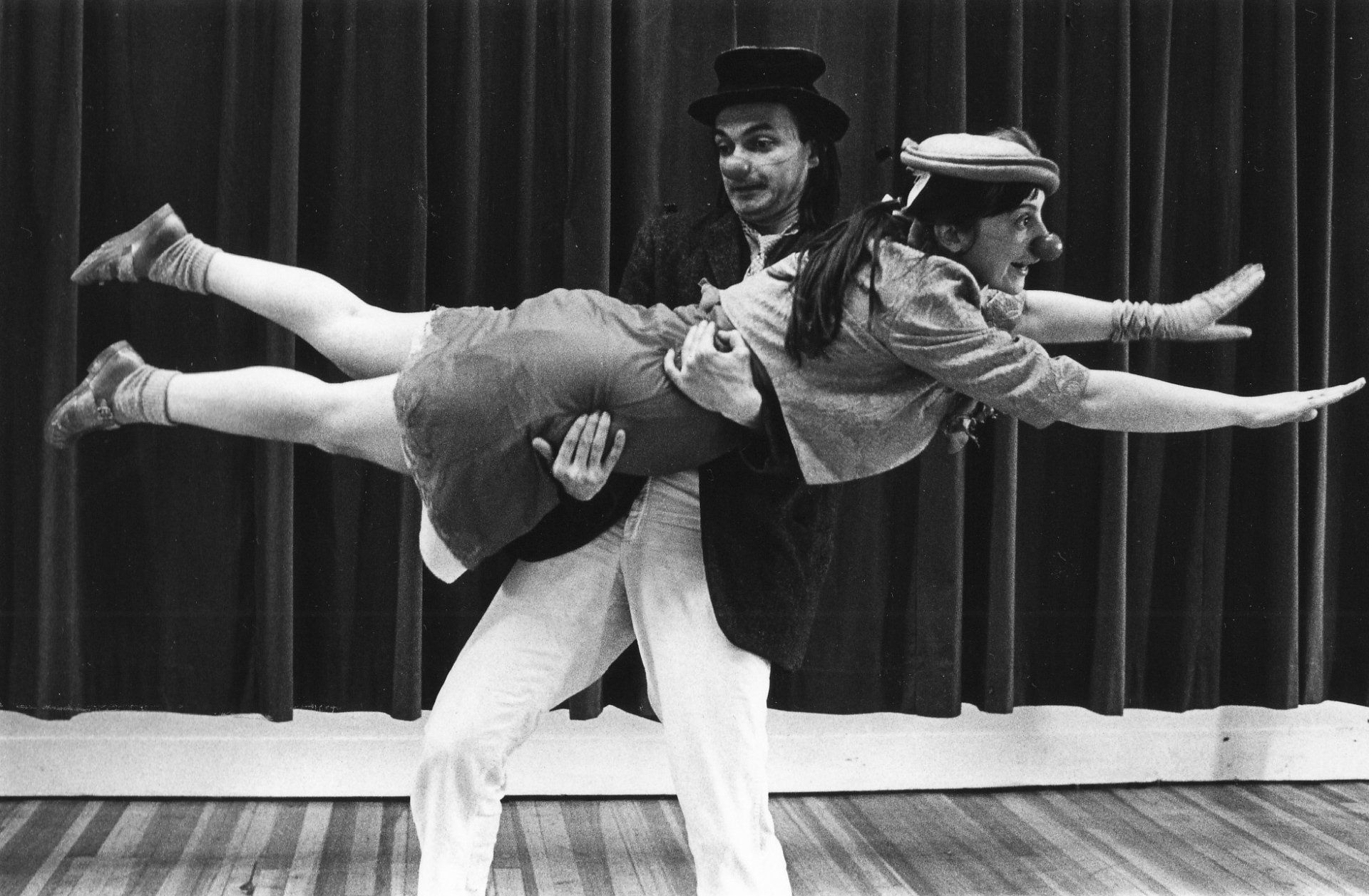Julian and Dan: on returning to AS I LAY DYING
What was it like to return to the development process of AS I LAY DYING after taking time away after the workshop production? Did it change anything for you?
 Julian De Zotti:
I was excited and also felt a bit dubious because we had created something quite special in the workshop and I wanted to make sure we held onto that while building and enriching upon this foundation. The break allowed me the time to do further research on the author, read the source material a few more times and to discover what I had retained from last year.
Julian De Zotti:
I was excited and also felt a bit dubious because we had created something quite special in the workshop and I wanted to make sure we held onto that while building and enriching upon this foundation. The break allowed me the time to do further research on the author, read the source material a few more times and to discover what I had retained from last year.
Do you feel that you have anything in common with the characters that you play? (physically, personality, experiences, etc.)
Dan Watson: I did break my leg when I was 3, so there’s that. But I admire Cash’s devotion and dependability. I think I strive to have those qualities.
What was the most challenging aspect of developing your character(s)/working on this production for you?
 Julian De Zotti:
The specificity of the physicality and the text. Being able to clearly articulate poetic and archaic text while moving the story along. Finding the simplicity and the economy of the mime and physical action in the show in order for it to clearly translate to an audience. The show requires an investment of creative collaboration and imagination on the part of the audience member but we have to guide them through that.
Julian De Zotti:
The specificity of the physicality and the text. Being able to clearly articulate poetic and archaic text while moving the story along. Finding the simplicity and the economy of the mime and physical action in the show in order for it to clearly translate to an audience. The show requires an investment of creative collaboration and imagination on the part of the audience member but we have to guide them through that.
 Dan Watson:
Probably the physicality. It’s been a year since we last worked on it, and I’ve had my second child since then, so exercise is low on the priority list. It took a little while to get my body back up to speed, but now that I’m there, it’s a pleasure to be able to move the way we do in the show.
Dan Watson:
Probably the physicality. It’s been a year since we last worked on it, and I’ve had my second child since then, so exercise is low on the priority list. It took a little while to get my body back up to speed, but now that I’m there, it’s a pleasure to be able to move the way we do in the show.
Do you have a favourite line or scene from the play. Why?
 Julian De Zotti:
There are too many to count – I do enjoy the climax of act 1 in the river. When we jump into the water after the coffin, usually you will hear a slight gasp or chorus of them from the audience. There is nothing like getting that kind of response from the people you are performing for. The sheer oddity and frenetic energy of Darl’s final scene on the train is a close second.
Julian De Zotti:
There are too many to count – I do enjoy the climax of act 1 in the river. When we jump into the water after the coffin, usually you will hear a slight gasp or chorus of them from the audience. There is nothing like getting that kind of response from the people you are performing for. The sheer oddity and frenetic energy of Darl’s final scene on the train is a close second.
Dan Watson: There are so many. It’s hard to choose. Of course the big scenes like the river and the fire are fun to play, but I also like the quieter parts too like Cash’s 13 points about why he built the coffin the way he did. I also like the last scene because I get to listen to music and eat a banana.
If we were to look in on the lives of any of these characters in 10-20 years, what do you think they would be like, and what would they be doing?

See Julian & Dan in AS I LAY DYING
, March 8-31, 2013 at Theatre Passe Muraille’s Mainspace





